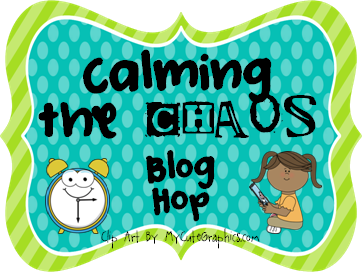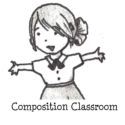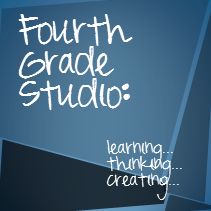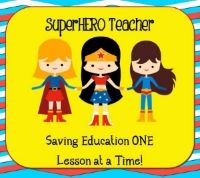After we all failed the assignment, she said we needed to "go faster" and "try harder" and again told us we would not pass unless we got the next 28 numbers in 30 more seconds, so we needed to "step it up" and "do better." Almost all of us did about the same, or in some cases (me!), worse. She also asked if we thought the people who did better were smarter than the rest of us.
She then taught us a trick. If you fold the paper in fourths, you could find the number 1 in the top left quadrant, then going clockwise through the quadrants, you would find the next number in turn. (See the photos below). Then she had us try again, with no pressure to do better, but of course we all finished the assignment.
Her point was about how when we focus on finding different ways to explain things, and providing an environment where they feel comfortable and successful (affective learning), they perform much better, regardless of natural intelligence of IQ level.
I'm sure this activity has a plethora of uses for object lessons with students. I'm going to use it with my students as an example of how it's best to look for patterns, ask questions, understand the assignment, and tap into their own learning styles before beginning an assignment. If you think of any other uses, or have seen this in the classroom before, I'd love to hear about it!
















































